Happy Earth Day! We've shared what other eco friendly companies are doing to make environmentally sustainable products and decided it was time to turn the spotlight on ourselves. Curious about what Po Campo is doing to make eco friendly handbags and bike bags? Keep reading.

First, a little background about me. I come from a strictly waste-not-want-not family. Here is an anecdote to illustrate this: Long time Po Campo fans will remember that my parents did our shipping for the first couple years. One time I asked my mother to open a box to change something on the packing slip. She said she didn't want to because she couldn't bear to waste the tape. Seriously.
I still have a hard time throwing anything away that could still be useful: reusing and recycling gives me true joy. One thing that all product designers who hate waste (like myself) struggle with is the sheer amount of waste in most types of manufacturing and production. It's hard to continue to make things unless you feel like you are improving with each round and making your products more environmentally sustainable. So, like many things in life, I consider the journey to making eco friendly handbags more of a practice than a perfect. Here are five things we've done so far:
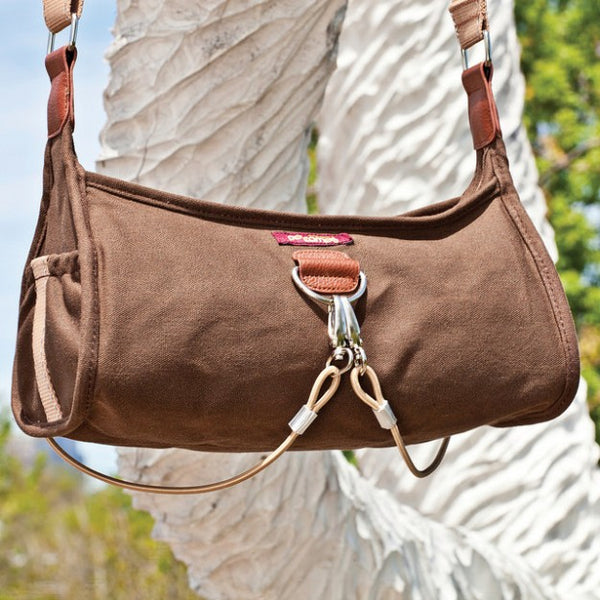
We're Leather-free
In 2013, Po Campo made the conscious shift to switch to a leather-free construction for our bags. Yes, there are pros and cons to both leather and synthetic leather, but when we focus purely on energy consumption, synthetic materials are superior. From start to finish, the amount of energy required to create a leather hide is 20 times greater than what’s used to produce a synthetic material, as explained in this article on ecouterre, the sustainable fashion website. That is why when you look for eco friendly handbags, you will often find synthetic materials.
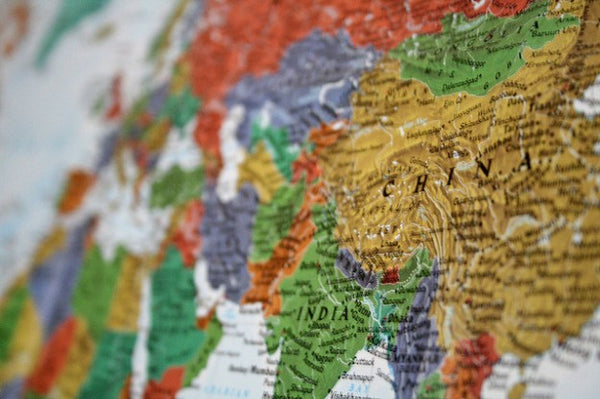
Reducing Transportation in Sourcing Materials
Along the lines of minimizing energy in producing our bags, we try to source all our raw materials from the same region of China. We manufacture our bags in the Guangzhou region, where many of the fabric mills and hardware suppliers are located. Minimizing the need to ship raw materials all over the world to be assembled elsewhere and then shipped to the final location reduces energy and contributes to our production of eco friendly handbags and bike bags.
This is probably where you might pause and think to yourself, "Wait, how can you make eco friendly handbags in China?". After all, China does not have the best reputation for environmental stewardship. However, it's not fair to assume all manufacturers are the same. Many of the brands we look up to for being leaders in environmentally friendly production, like Patagonia and Eileen Fisher, manufacture in China. For another account on developing eco friendly products in China, read this post on The Honest Company's blog.
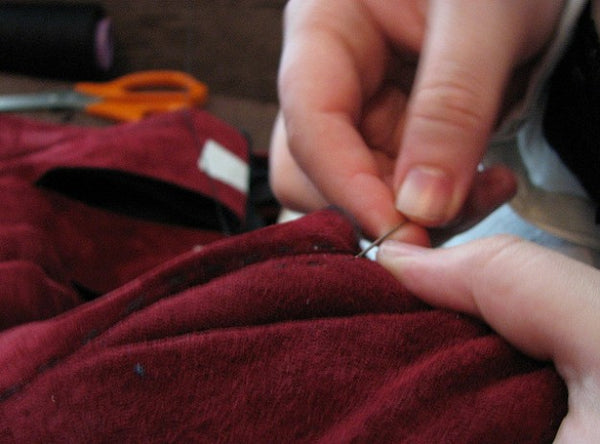
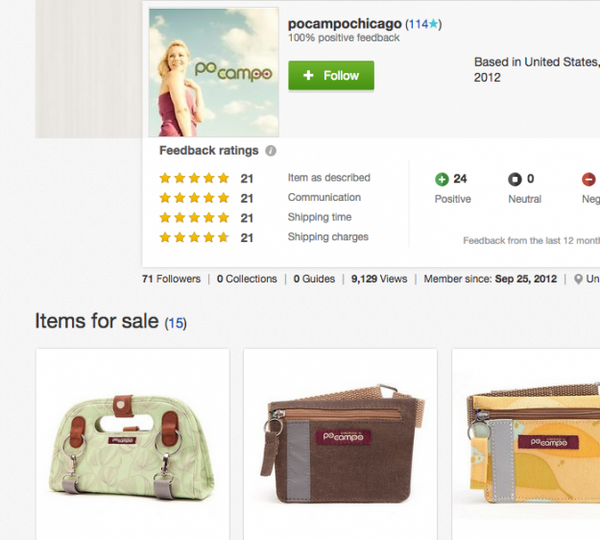
Waste-Not-Want-Not
Producing eco friendly handbags goes beyond just the raw materials, but how you handle production – and production waste. Our bags, like pretty much all sewn products, are handmade. It's not like you just throw a switch and a machine spits out a bunch of identical bags. Therefore, the final results are not always perfect and occasionally we have "factory seconds". These are bags that have a slight cosmetic imperfection, like a little dot on the printed fabric caused by dust on the printing films or a bit of crooked stitching.
A common practice for many brands is to trash the products that aren’t perfect so as not to diminish their brand reputation. As someone who seriously hates waste, I can’t stand the thought of throwing away a perfectly good bag, but nor do I want to sell it to someone who purchased it at full price. Therefore, we sell these slightly imperfect bags on our eBay store at 50% to 70% off. That way they still find their way into a loving home and not the landfill.

Reuse and Recycle
Along the same lines of extending the life of our bags, I consider our commitment to reusing and recycling a part of why Po Campo makes eco friendly handbags. We reuse and reuse most of our boxes and recycle those that we don’t. We also recycle all of our packaging waste. This may not seem like a big deal unless you consider that only 14% of packaging is recycled. I used to work with sustainable packaging initiatives, so this is a big cause for me. I can’t bear to see #1 or #2 plastic, glass or – especially – aluminum in a trash bin.
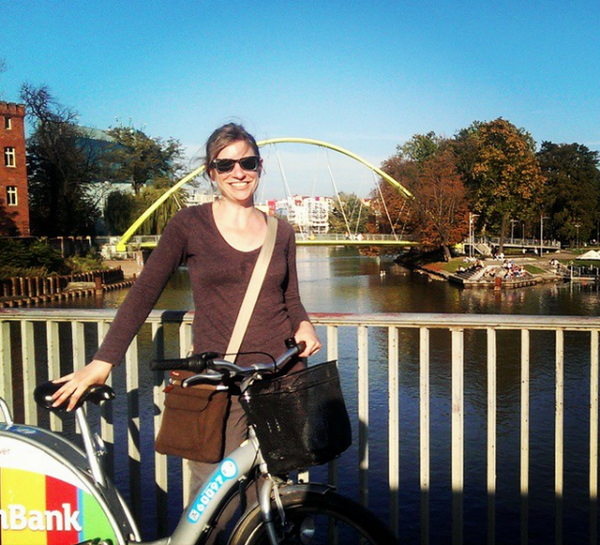
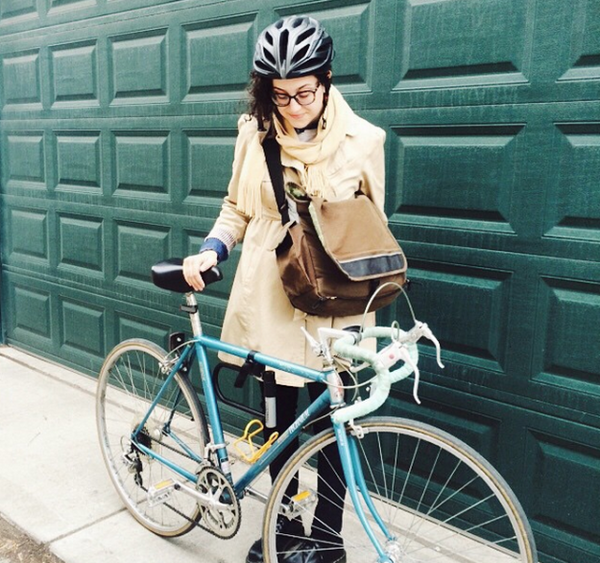
Biking to Work
Unsurprisingly, everyone who works at Po Campo bikes to work pretty regularly. Not only is a nice daily bike ride a great stress reliever, but it has great environmental benefits too, as documented on the People for Bikes website. Does having an eco-friendly focus contribute to us making eco friendly handbags? I think so. We also get to use our bike bags a ton, which gives us ideas on how to improve them to keep them working better for longer.
What do you think our next step should be on the journey to making more eco friendly handbags? Please leave your suggestion in the comments!
































